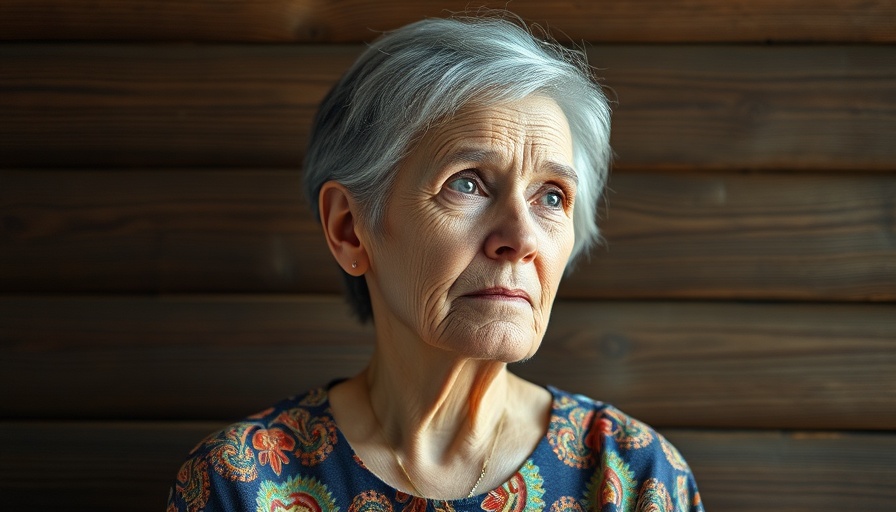
The Longevity Gap: Understanding the Female Advantage
The longevity gap between men and women is a fascinating and complex issue that spans across biology, behavior, and societal norms. As research from the Max Planck Institute for Evolutionary Anthropology reveals, women outlive men not just in contemporary society, but this pattern goes back millions of years in mammalian evolution. In 2021, the U.S. saw a significant gap of 5.8 years, with women living an average of 81 years compared to men's 76. This article aims to explore the factors contributing to this gap and what it means for future generations, particularly in the realm of public health and understanding gender-specific health risks.
Biological and Behavioral Insights
Various studies advocate that biological differences play a crucial role in longevity. The two X chromosomes in females serve as a genetic safeguard against harmful mutations—a protective feature males lack due to their XY chromosome configuration. Furthermore, male mammals often experience evolutionary pressures resulting in riskier behaviors, whether it's competing for mates or engaging in more dangerous activities. This not only compromises their health but contributes to preventable deaths, a critical point underscored by public health experts. Gender-specific health challenges, highlighted by Alan Geller of Harvard T.H. Chan School, reveal that men are significantly more likely to die from conditions that are often preventable, including heart disease and cancer, primarily due to lifestyle choices.
Changing Gender Roles and Their Impact
Interestingly, the evolving roles of men in parenting may also contribute to shrinking the longevity gap. As more men participate actively in caregiving, there are suggestions that this involvement could lead to improved health outcomes. Research suggests that those who invest time in nurturing their offspring tend to enjoy greater longevity. By encouraging men to adopt healthier habits typically observed in women, such as regular medical checkups and preventative care, there’s potential for significant shifts in longevity dynamics.
Looking Ahead: Opportunities for Addressing the Gap
To address the widening longevity gap effectively, it is paramount to enhance public health campaigns aimed at men. With increasing rates of preventable deaths among men, advocates argue for initiatives focusing on education about risks and the importance of preventive care. Additionally, as societal norms shift toward equitable caregiving and health consciousness, there's hope for future generations to see a reduction in this longevity disparity.
The Importance of Public Health Discussions
Despite the growing body of research highlighting the disparities in longevity, there remains remarkably little public discourse surrounding men’s health compared to women’s health issues. As campaigns prioritize women’s healthcare, it is equally essential to underscore the unique health concerns of men. Addressing gender-specific risks and providing both sexes with specific health guidelines could bridge the gap—making longevity achievable for everyone.
In conclusion, closing the longevity gap between men and women requires a multifaceted approach that includes a blend of biological understanding, behavioral modifications, and active participation in health. Both males and females can benefit from structured and focused initiatives aimed at enhancing health outcomes, fostering development across genders and ultimately leading to longer, healthier lives for all.
 Add Row
Add Row  Add
Add 




Write A Comment